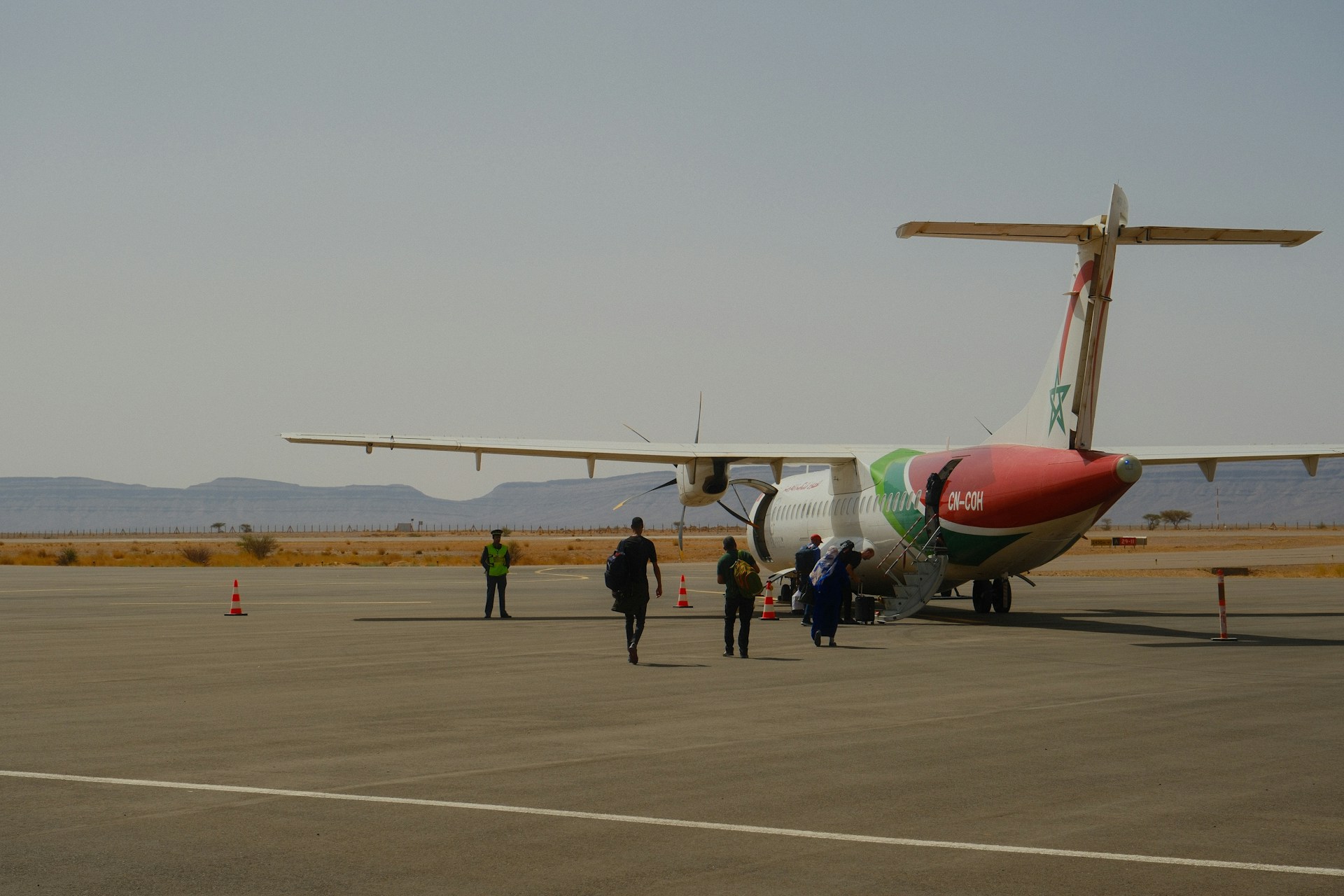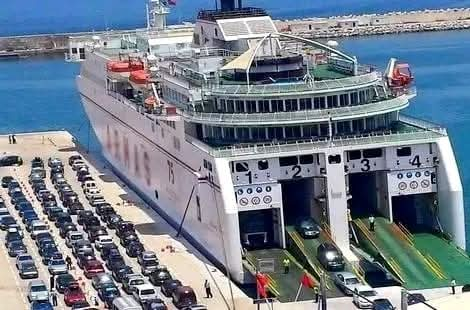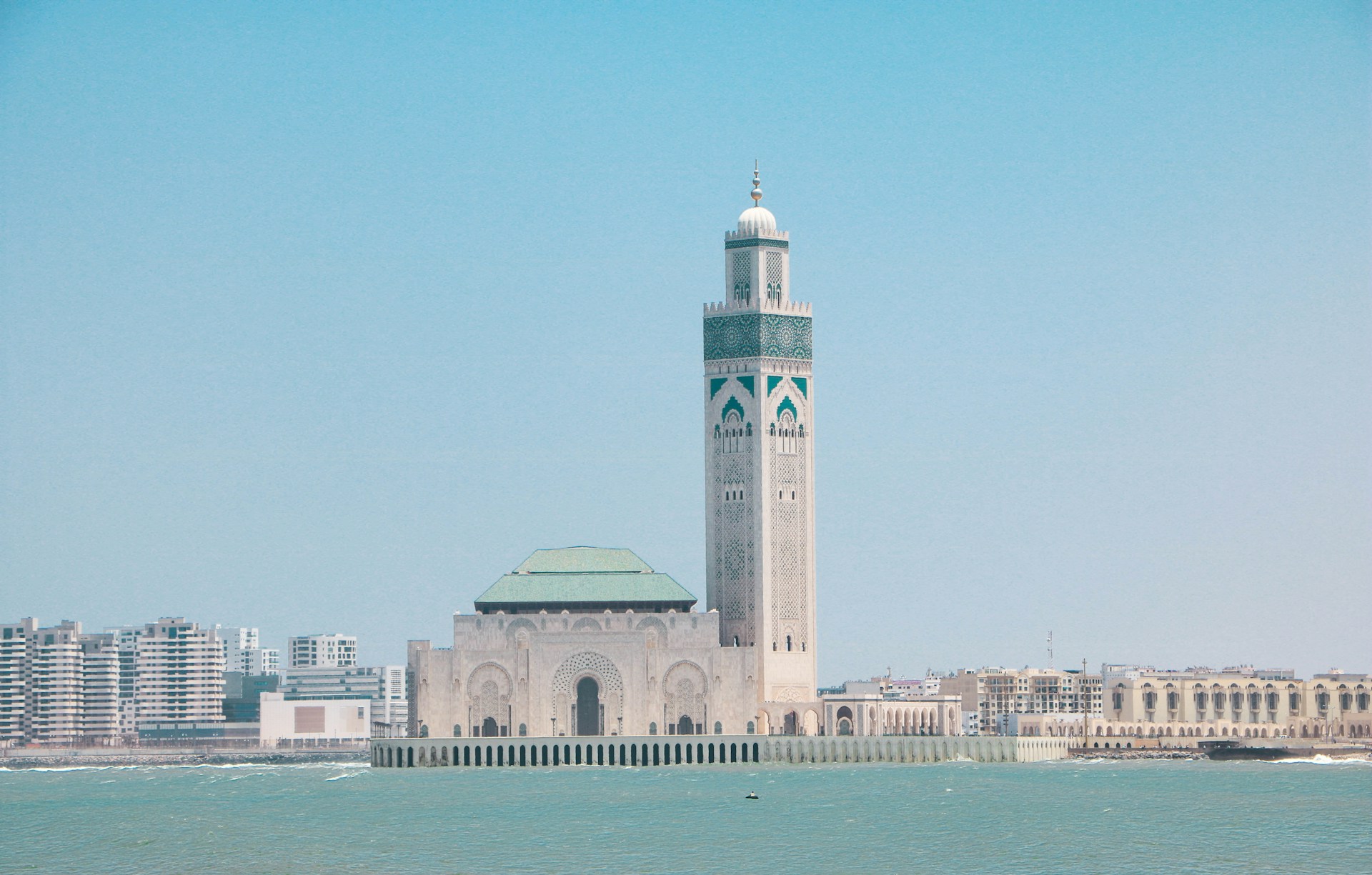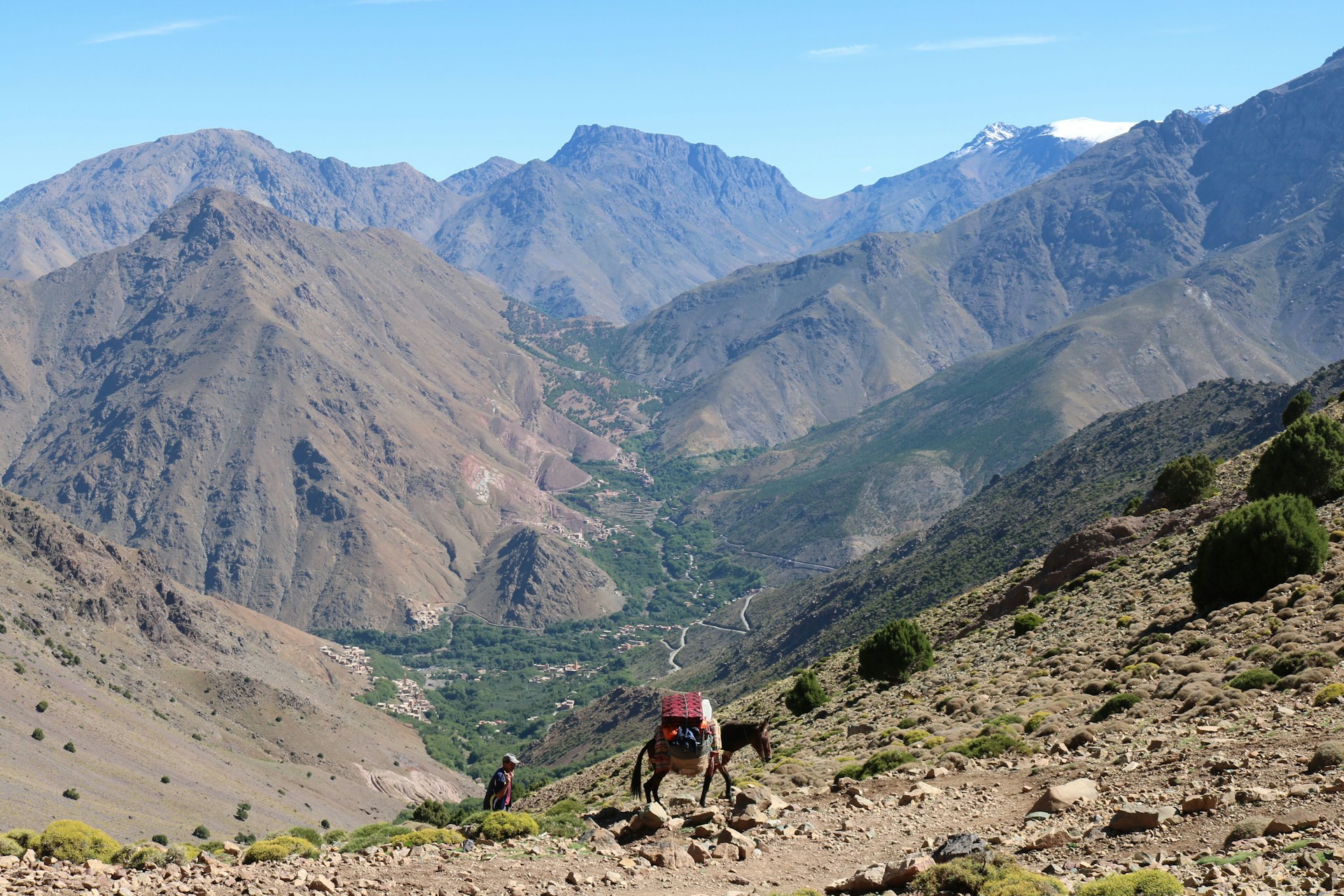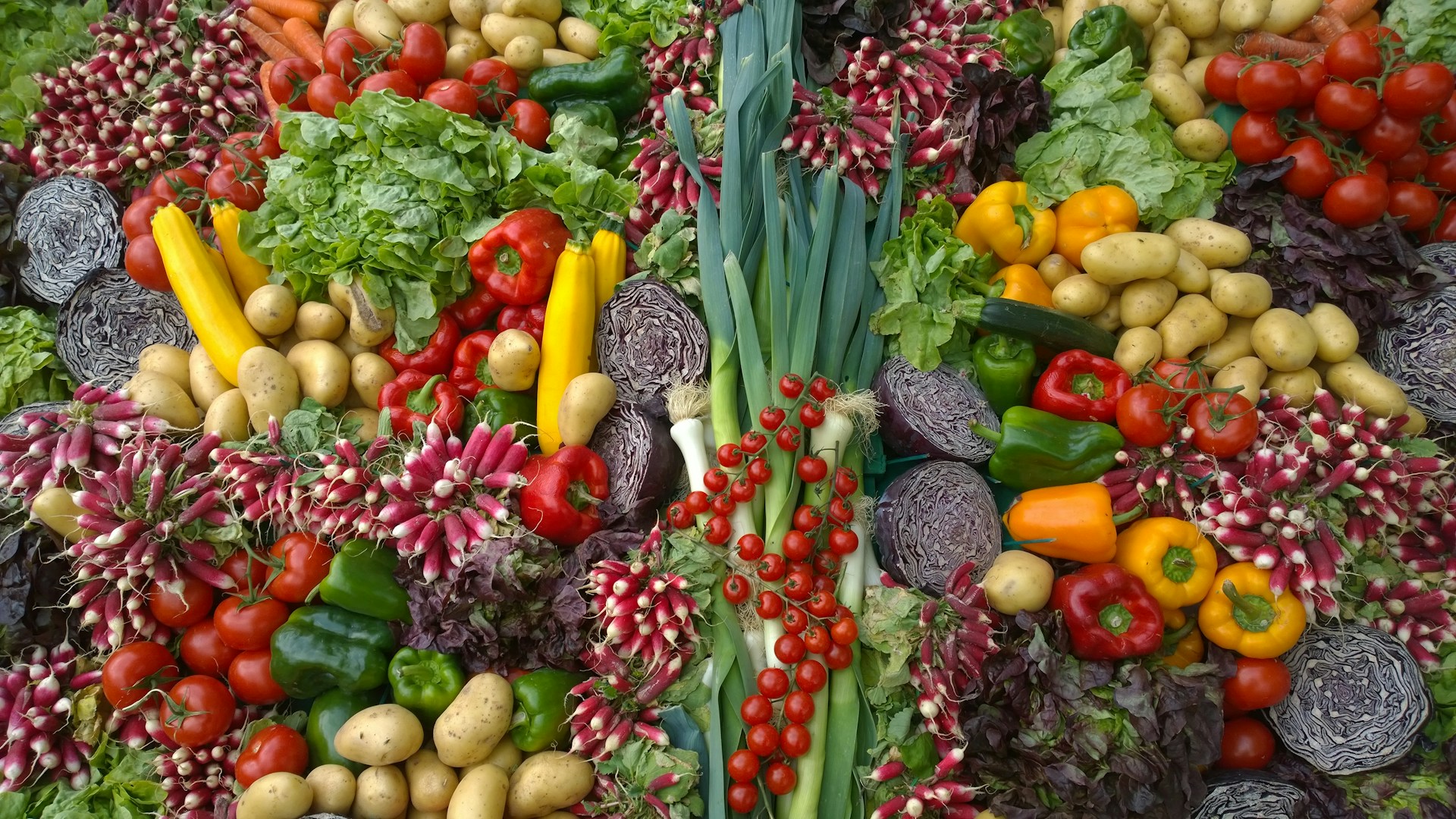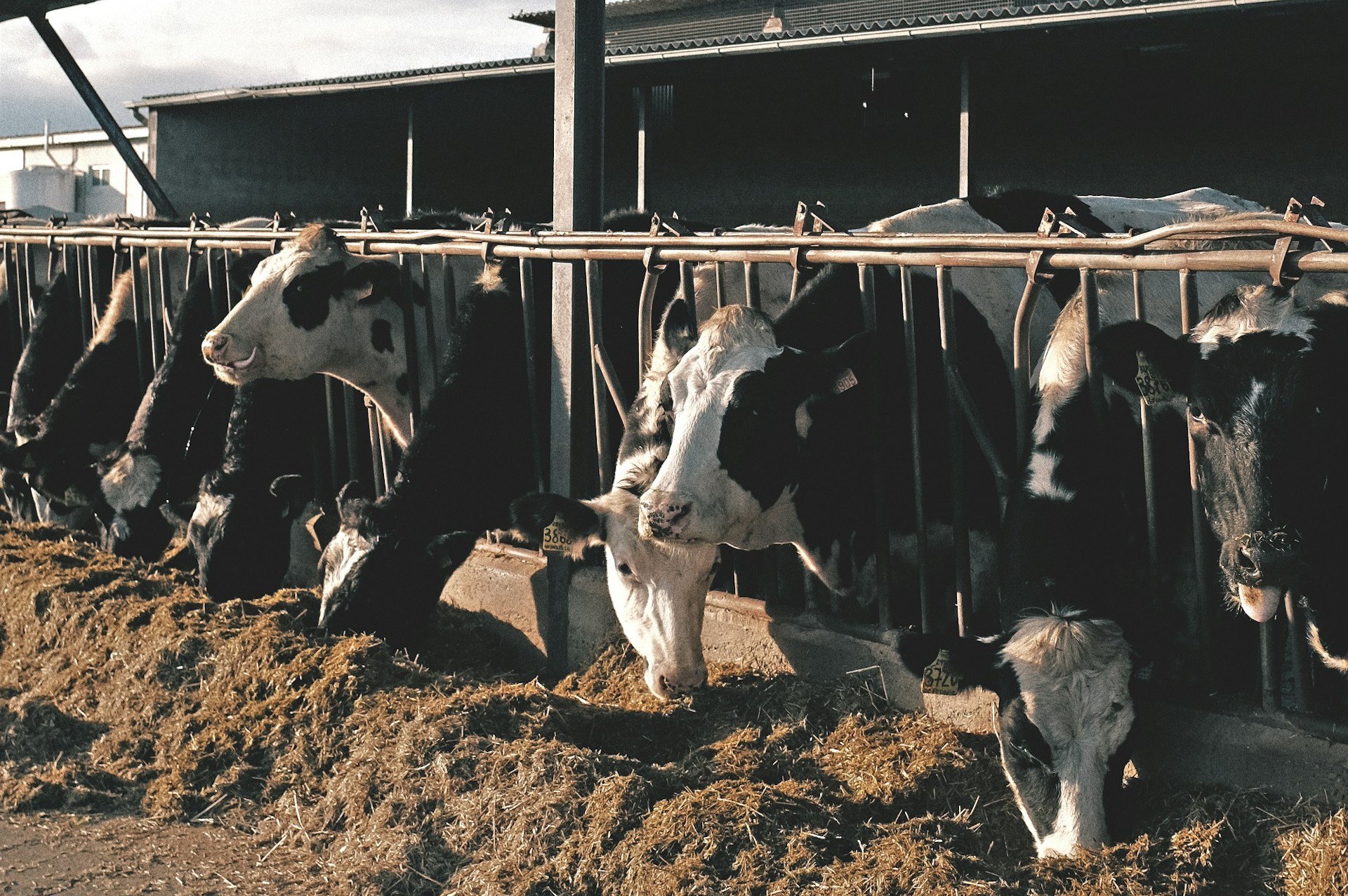Casablanca – The 2025 edition of Operation Marhaba, Morocco’s yearly initiative designed to support the return of Moroccans living abroad (MREs) during the summer season, is moving forward at a consistent pace. By August 4, the number of arrivals had surpassed 2.78 million, representing a 10.37% rise compared to the same period in 2024, according to figures released by the Mohammed V Foundation for Solidarity.
The operation, which began on June 10, continues to unfold under coordinated efforts involving multiple institutions including port authorities, customs, national security, local government agencies, and social and medical support units.
Record numbers reflect strong engagement
The surge in arrivals reflects a growing trust in the efficiency of the Marhaba framework and a renewed enthusiasm among the diaspora to reconnect with their homeland during the summer holidays. By August 4, the number of vehicles entering Morocco through the operation had reached 838,360, a 3.74% rise year-on-year.
This increase comes amid speculation about a potential drop in return rates due to economic or logistical concerns, which officials have categorically denied. Omar Moussa Abdellah, project manager and supervisor of the operation at the Mohammed V Foundation for Solidarity, emphasized in a radio interview that Marhaba 2025 is progressing successfully and in favorable conditions across all entry points.
Tangier Med Port: The primary gateway
Among the various entry points, Tangier Med Port remains the busiest. It alone welcomed 555,753 MREs and 175,808 vehicles, accounting for 35.87% of total arrivals by sea and land. The passenger port director, Jaafar Ameyer, confirmed that Tangier Med continues to serve as the primary maritime hub for Moroccan expatriates, with a 6% increase in passengers and 4% growth in vehicle traffic compared to 2024.
To manage this growing demand, the port has implemented operational enhancements, including streamlined customs procedures, coordinated by the General Directorate of National Security (DGSN) and the Administration of Customs and Indirect Taxes (ADII). A significant new measure for August requires travelers to hold a pre-booked ticket with a fixed date and time to access the port between August 1 and 31, a step designed to reduce congestion and ensure smooth passenger flow.
Air travel also on the rise
While sea routes remain dominant, air travel continues to play a crucial role in the return process. The Mohammed V International Airport in Casablanca ranks first among air entry points, having received 320,395 travelers, or roughly 25% of total air arrivals during the operation period.
This pattern underscores Morocco’s continued investment in modernizing airport infrastructure and enhancing cross-border coordination to better serve the needs of the diaspora.
Tangier City Port sees uptick in foot traffic
In parallel, Tangier City Port recorded a 9.82% increase in passenger traffic this summer. A total of 369,269 travelers transited through the port as of August 5. Among them, 248,707 entered Morocco, compared to 221,286 departures. The number of vehicles also saw a modest rise, reaching 55,193, a 8.58% increase over 2024.
Officials anticipate a peak in return traffic starting next week, with estimates suggesting an 11% rise during the return phase compared to the previous year. To prepare, all stakeholders have mobilized additional resources, including staff reinforcements and technical upgrades.
Social and medical support services
One of the unique features of Operation Marhaba is the extensive social and medical support provided to travelers. According to the Mohammed V Foundation, over 45,465 services were delivered across various rest areas and border points. This included 2,858 medical services and urgent transportation for around 50 critical cases. More than 800 MREs also received assistance with mechanical breakdowns or travel difficulties.
These services reflect the Foundation’s ongoing commitment to making the operation not just a logistical success, but also a humanitarian initiative that ensures dignity and care for all travelers.
Looking ahead
As the return phase of Marhaba 2025 begins in the coming weeks, authorities continue to call on travelers to use pre-booking tools, avoid peak travel days—especially weekends and the last week of August—and remain informed through mobile applications and official maritime service channels.
In the broader context, the success of Marhaba 2025 confirms Morocco’s strategic focus on maintaining strong ties with its diaspora, which plays a critical role in the country’s economic and cultural life. Through improved infrastructure, better coordination, and comprehensive support services, the operation stands as a model for large-scale international mobility programs.
With weeks remaining until its conclusion, Operation Marhaba 2025 is on track to set new records and deepen the connection between Moroccans abroad and their homeland.
